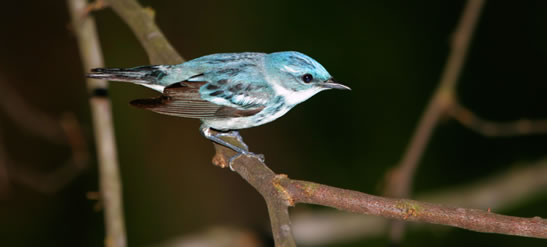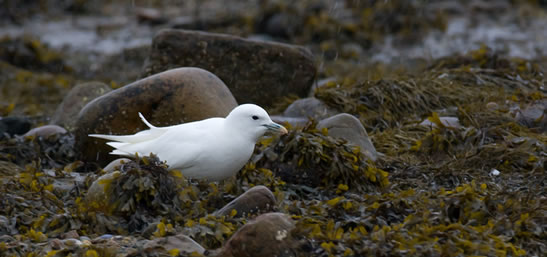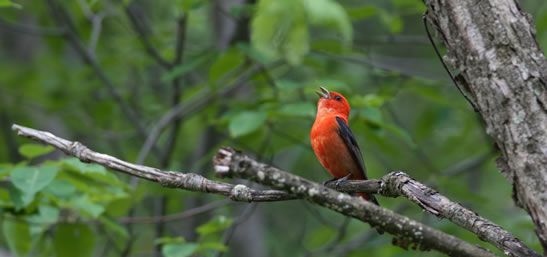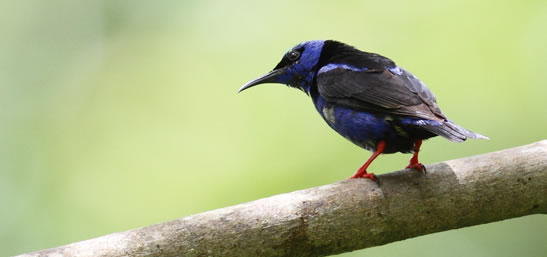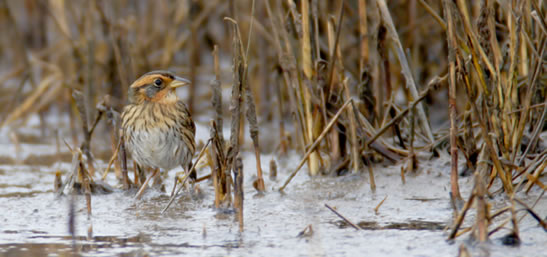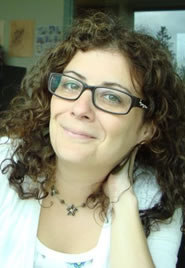A passion for birds: A Q&A with wildlife photographer and NCC friend Bill Hubick
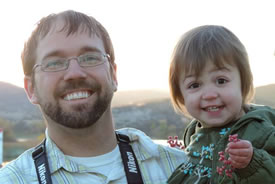
Bill and Addy Hubick (Photo courtesy of Bill Hubick)
A few years ago, photographer Bill Hubick generously donated the use of his photos on www.bilhubick.ca in Nature Conservancy of Canada (NCC) publications. Since then, his images have been shared in NCC print publications and web pages across the country. We recently chatted with him about his passion for birds, nature and photography.
CBT: How long have you been a wildlife photographer?
BH: I started pursuing photography seriously around 2003. I have always loved nature and taking photos, so the two were on a long-term collision course.
CBT: What attracts you to birds as a subject?
BH: Birds are amazing. Because they have wings, they can turn up in the most unexpected places. Studying and photographing birds gives you reasons to explore every habitat and at all times of the year. Their migrations are incredible on many levels, and I find the consistency of their timing as interesting as the exceptions. Knowing that many species arrive the exact same week each spring is just amazing to me. They are stunning subjects, but I guess there's something about the challenge that really draws me in. The hardest thing about getting an amazing photo of a Connecticut warbler is finding a Connecticut warbler!
CBT: Do you have any tips for photographing birds?
BH: Yes. First and foremost, remember this is for enjoyment and how you are connecting with the natural world. To focus too much on the technical side and make it a frustrating experience is a terrible way to approach your recreation. Remember that photography is a challenge even with cooperative subjects. To hone your skills, practice somewhere with cooperative subjects such as tame ducks in a city park, gulls in a parking lot, or the birds at your feeders. Also, experiment and find your own style. Perfect frame-filling shots get oohs and ahhs, but everybody is trying to do that. Capture movement or include some habitat in your shots. One of my favorite photographers here in Maryland for years wasn't even using an SLR until this month.
CBT: How many bird species have you photographed, and which is your favourite species?
BH: Hmm...A quick check of eBird and a couple spreadsheets and I would estimate about 1,000 species worldwide (including a little Asia and Central America). Here in the American Birding Association area, eBird says I've reported 638 species, so I'd guess a few under 600? I keep a lot of lists, but for some reason I don't spend much time on photo lists. I guess I consider my website my way of cataloging what I have.
Favourites? Tough question. I would like to cheat and break it up into categories. Keeping it local, maybe belted kingfisher? Short-eared owl and brown thrasher are competitors in my area.
CBT: What other initiatives are you involved in?
BH: My friend Jim Brighton and I created the Maryland Biodiversity Project in 2012. It is the first effort to catalog literally every species of living thing in a state. We have documented over 13,000 species of living things and have photos of over 4,500 species from about 250 contributors. Our goals are to promote conservation and nature education by building a vibrant general nature study community.
CBT: That's an impressive endeavour! Why is this project important to you?
BH: The longer I work on this effort, the more amazing it is to me that its equivalent doesn't exist for every geographical area. With the rate of change in our world, how do we even assess the effects without baseline data? Most places struggle just to track their rarest species. If we aren't documenting all species, how will we even know what is changing? There are many threats having profound effects on wildlife that are barely recognized by the general population. By getting a larger community excited about biodiversity, we have the opportunity to inform them and get them involved. We think this approach is an ideal way to maximize interest in nature study and conservation.
CBT: How can photography help further the conservation conversation?
BH: Beautiful photos capture people's attention. If you visit our Maryland Biodiversity Project Facebook page, you'll be amazed by the beautiful photos we share each day. People are hooked by awesome photos, but also absorb information about the value of biodiversity and the need to address serious threats. Also, nearly everyone has a camera on their phone these days, so snapping a photo of a cool insect or flower is easy. Knowing that they can ask us about its identity, or possibly contribute a new county record, really excites people. And it should!
Students at the Jemicy School in Baltimore Co., Maryland have added several new state record insects and dozens of new records for their home county. I can't image how excited I would have been to find a resource like this when I was a kid. We're excited to see where it goes, and we hope we find ways to apply what we're doing elsewhere!
CBT: Thank you, Bill, for your support of NCC's work, and for all you do!
BH: It's my pleasure to share photos and support the important work NCC does. Thanks, and please keep up the great work!
Bill Hubick is a naturalist and wildlife photographer living in Pasadena, Maryland. He has recently emphasized work on Maryland Biodiversity Project, which he co-created with his friend Jim Brighton. Bill is the Chair of the Maryland/D.C. Bird Records Committee and a Maryland eBird reviewer. His day job is software engineering for the Parsons Corporation. He and his wife Rebecca are enjoying raising their nature-loving two-year-old daughter, Addy.
You can see more of Bill Hubick's work at www.billhubick.com.

